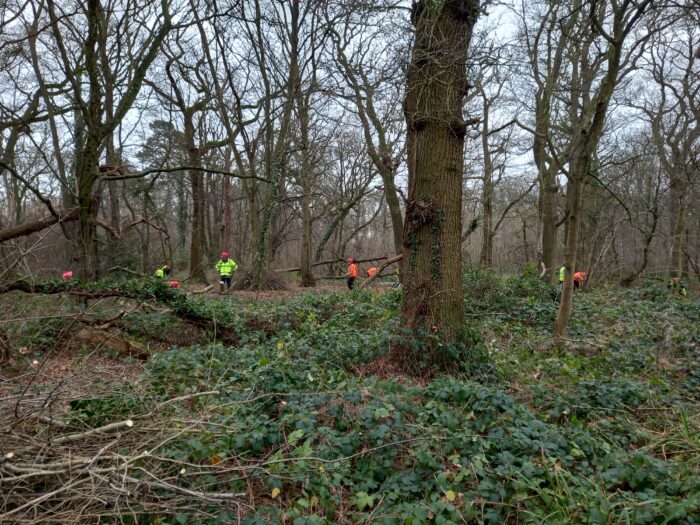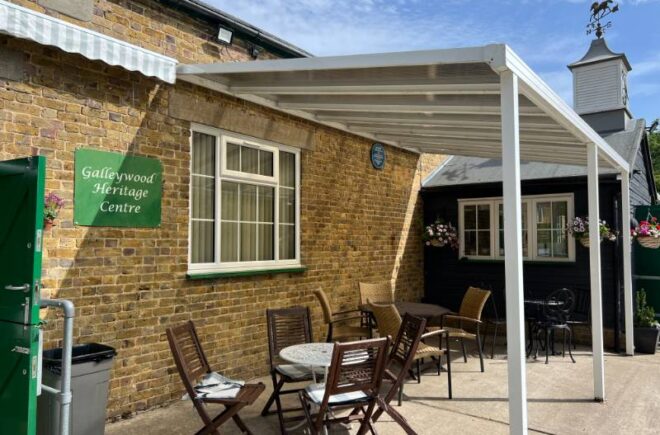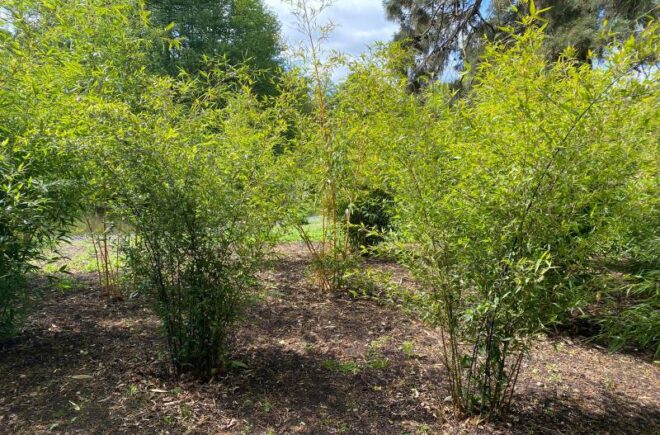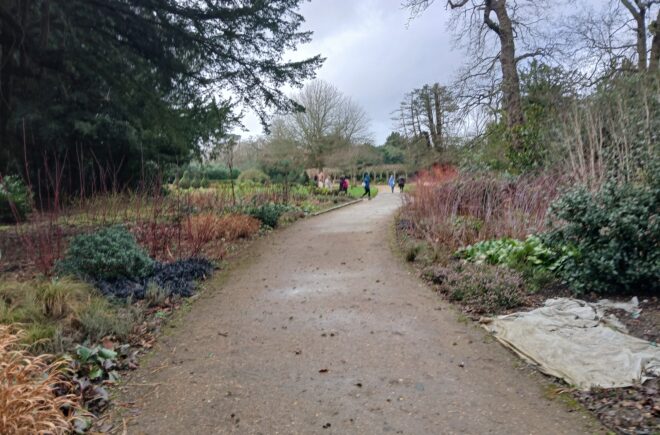
Every year as part of our woodland management plan at Hylands Park, our team of volunteers start coppicing:
Coppicing is an ancient pruning technique where the tree is cut close to ground level, which allows regeneration of new stems from the base. This encourages the rejuvenation of old trees which can tolerate hard pruning and are disease resistant – hornbeam, beech, hazel, lime and willow to name a few. This can extend the life of the tree whilst also opening up the woodland for floral wild flowers so they can attract pollinators, like bees and butterflies, and many other insects.
Without us coppicing, this opening wouldn’t happen and the woodland would become uniform (due to the lack of wild boar and deer which usually create these open areas). The uniformity would then lead to a loss of biodiversity from fewer clearings and less varied structure.
Ideally, coppicing should be done in late winter to early spring (February to March), just before the trees are active for growth. You can coppice from mid November but make sure all the leaves have dropped.
Coppicing cuts back the stem to within 5cm to 7.5cm of the ground. The cut needs to be done at a slight angle so water can run off the surface, which could otherwise promote decay or fungal infection and hurt the tree’s growth.
Older trees that haven’t been coppiced before may not respond well to it, so this technique is better done on younger juvenile to semi mature trees.
Learn more about coppicing, pollarding or other tree and woodland management via the Woodland Trust website.


